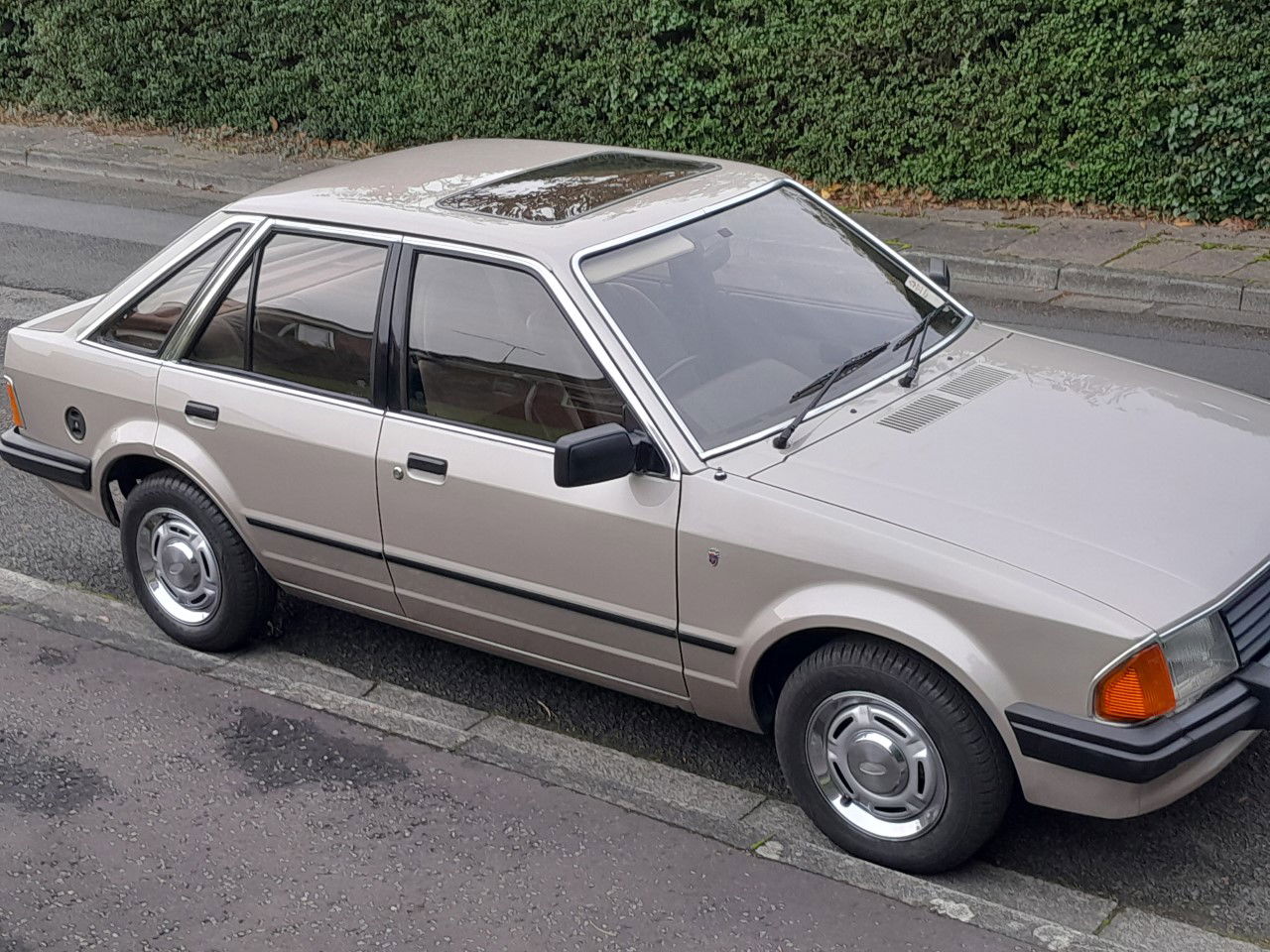5 Myths About Classic Cars

Myths are just as prevalent when it comes to classic cars as any other walk of life, ranging from the outright absurd to the somewhat plausible. Many classic car myths are out there and some may even be true in certain circumstances. However, we’re taking a look at 5 examples of classic car myths that don’t quite ring true…
1 – They Are Worth More Depending on Their Rarity
It’s a popular preconception that the rarer the classic car is, the higher the price it will demand. This does indeed sound perfectly logical, however rarity doesn’t necessarily link with expense.Firstly, a highly desirable classic car isn’t always necessarily rare, as many sought after classics that collectors desire were actually mass produced. Rates of growth have more commonly determined the price of classic cars, as opposed to their initial value or perceived rarity.Keeping a classic car that was mass produced and well maintained, with regular upkeep will also often add just as much value over time as something that’s considered elusive or rare.
2 – A Lower Mileage Is Always Better
Coming across a classic car with low mileage might not be the magnificent find it seems to be, and in fact could often be more of a problem. A classic car with a high mileage that’s been well maintained and driven regularly, will have the likelihood of being far more reliable. A classic car, which has been regularly used, will have less faults due to old parts being replaced with newer ones over the years. Plus any problematic issues that have affected the vehicle in the past will have been resolved by now. So, as long as the maintenance history is up to scratch, the odometer miles are actually less important.
3 – Perfectly Restored Models Are The Most Valued
It goes without saying that when it comes to price, the condition of the classic car is very important. If an old model has been barely maintained and left to rust then it will not be worth as much as a model that’s been kept in mint condition and fully restored.The market has seen a shift over the last few years and it seems as though perfectly restored cars are no longer as favoured in terms of price than well preserved, wholly original models.This emphasis amongst classic car collectors to focus on unrestored models in pristine condition, has prompted many car shows to use a panel of judges to ascertain the best examples of these all-original models.
4 – Classic Cars Should Never Be Driven in Winter
The harsh conditions of winter can put a strain on any type of vehicle, whether it be the icy temperatures, or even the salted roads increasing the risk of rust. Despite the conditions, driving a classic car during winter can still be a comfortable choice, providing the proper care and attention is utilised. It’s important to keep the car dry, as any problems caused by dampness will be exacerbated in the colder months. Disconnecting the battery when not in use is a must over winter, and running the car regularly will help to maintain components and prevent parts from seizing up. Utilising the right mix of antifreeze and water is also essential, to prevent corrosion when water makes contact inside the engine.
5 – Insurance is a Lot More Expensive For Classic Cars
Another common misconception is that insurance for classic cars is always going to be much more expensive than modern cars. The truth is that insuring a classic car could actually cost significantly less compared to a modern counterpart, as the insurance rates are dependent upon a number of different factors.The make, model, storage details, current condition and more is all taken into account by an insurer. Classic cars are also often used as a secondary means of transportation, so this too can make insurance premiums lower thanks to the reduced chance of the car encountering risky situations.


